The Heaviest Animal on the Planet Isn’t the One You Think It Is
Most people size up animals by how tall they stand or how long they stretch, but weight tells a different story. Measuring by mass alone reveals which creatures carry the most bulk. If you’re curious about which animals actually tip the scales hardest, this list might just surprise you.
Saltwater Crocodiles

Credit: Wikimedia Commons
More than its scales or teeth, it’s the sheer bulk that makes this reptile record-worthy. Male saltwater crocodiles can hit 1.45 tons (1,450 kg), up to 23 ft long. They’re found from Southeast Asia to northern Australia, and rule their territory with a bite so forceful it ranks among the strongest in the animal kingdom.
Indian Rhinos
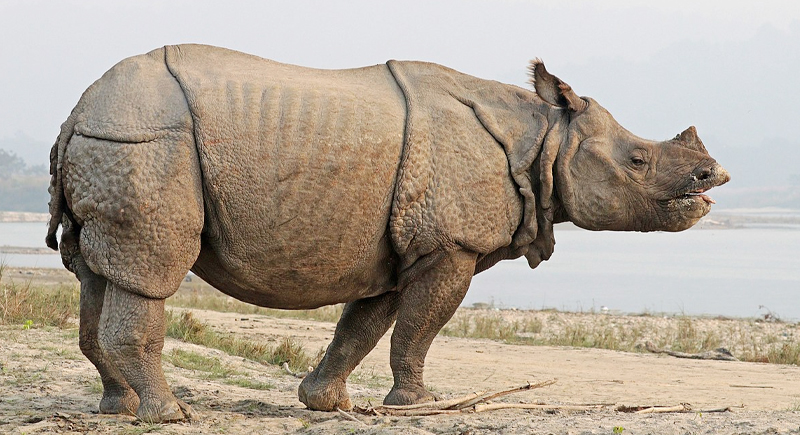
Credit: Wikimedia Commons
Everyone expects rhinos to be heavy, but the Indian variety tips the scales at around 2,070–2,200 kg (2.2 tons – 2.4 tons) for adult males, and approx 1,600 kg (1.7 tons) for females. Their thick armor-like skin helps support their considerable weight in swampy grasslands. Once endangered, these tank-like grazers are making a comeback in protected zones across India and Nepal.
Hippopotamuses

Credit: Wikimedia Commons
They spend most of their lives half-submerged and chewing plants, but hippos are far from lightweight. With adults ranging from 1.5–3.5 tons, they’re heavier than they look. They’ve also earned a reputation for aggression, especially when defending territory, despite that plant-based diet and slow-moving appearance.
Southern Elephant Seals

Credit: Wikimedia Commons
You won’t spot their weight coming unless you’re tracking one with a sonar. Male southern elephant seals often range from 1.6 to 4 tons. These deep-diving animals venture into Antarctic waters. They can plunge nearly a mile beneath the surface for food, an incredible feat for such massive animals.
Paraceratherium

Credit: Wikimedia Commons
Extinct for over 20 million years, Paraceratherium is the largest known land mammal. It likely weighed between 15 and 20 tons and stood around 15 feet tall at the shoulder. Fossil evidence suggests it fed on leaves and shrubs in Central Asia’s open woodlands.
Whale Shark
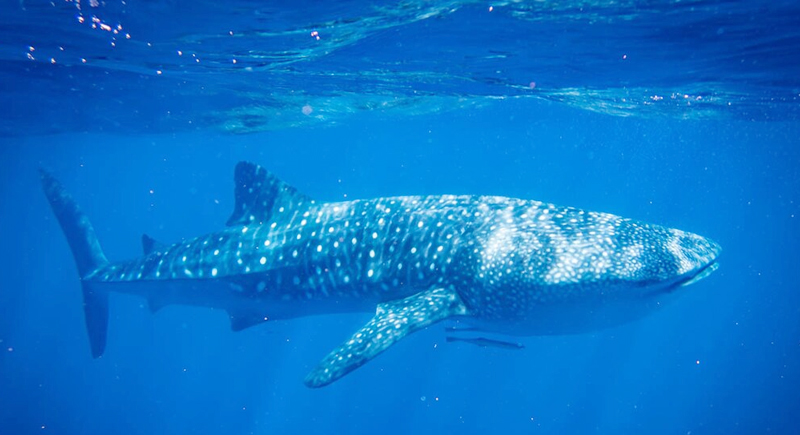
Credit: Wikimedia Commons
It’s the biggest fish in the ocean, but not the scariest. The whale shark may stretch past 40 feet and weigh up to 20 tons, yet it feeds mostly on plankton and tiny fish. They cruise through tropical waters with wide-open mouths and a mellow pace that belies their immense size.
Megalodon

Credit: Wikimedia Commons
This extinct shark could have weighed up to 60 tons and grown nearly 18 meters long. However, there’s a long debate over this, with some studies suggesting it could be between 60 and 100 tons. Once a predator of large marine mammals, it roamed the oceans millions of years ago. The only evidence left is teeth as big as a human hand.
Sperm Whales
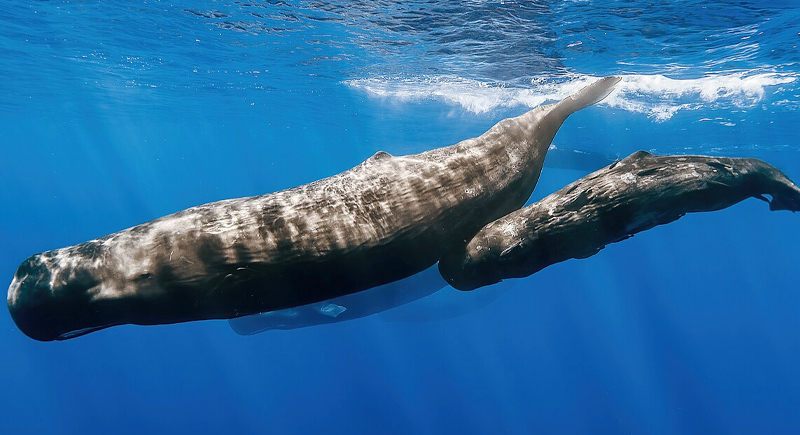
Credit: Wikimedia Commons
Sperm whales, the largest toothed predators, reach up to 45 tons. But that’s the number for male sperm whales. Females can be much smaller, weighing about 15 tons. They can dive more than 3,000 feet to hunt squid and hold their breath for over an hour.
Argentinosaurus

Credit: Wikimedia Commons
The fossil record doesn’t give us a full skeleton, but even the leftovers are enough. Argentinosaurus, a giant titanosaur, is estimated to have weighed between 80 and 90 tons. It lived about 94 million years ago, stomping through what’s now Argentina with a body designed to carry weight across vast prehistoric plains.
Fin Whale
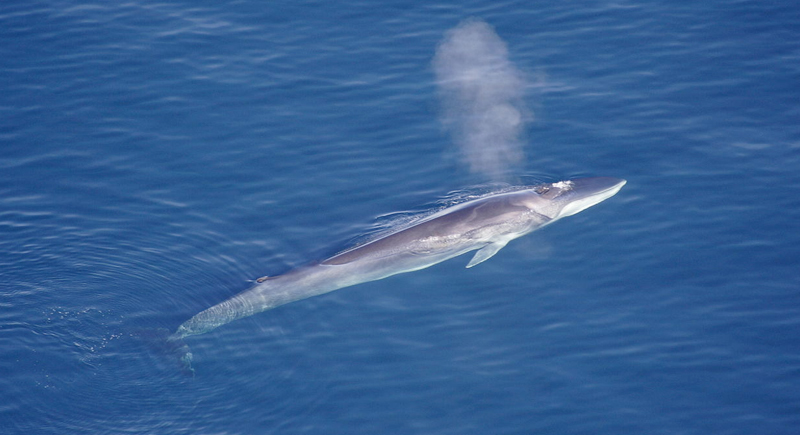
Credit: Wikimedia Commons
Fin whales are long and lean compared to other whales, but their build hides their true size. The largest measured individuals reached 26–27 meters, with weights recorded at 70 to 80 tons. They move with unexpected agility, surfacing in groups that pass almost silently across the water.
North Pacific Right Whale
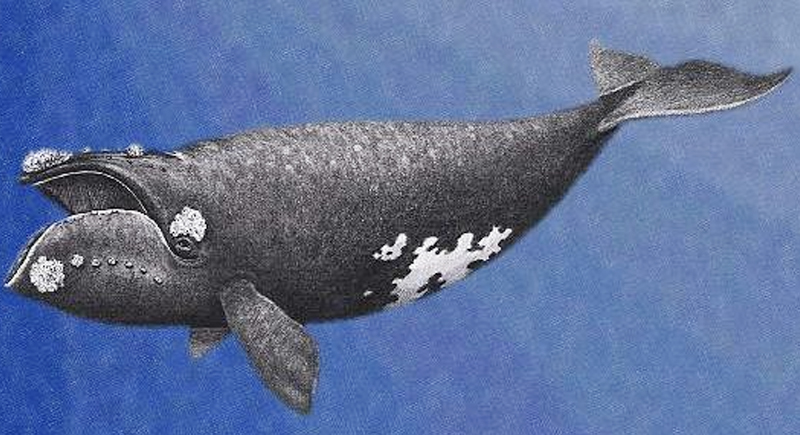
Credit: Wikimedia Commons
If you’ve never seen one, you’re not alone. The North Pacific right whale is one of the rarest whales on Earth, weighing around 100 tons. It moves slowly and sticks to remote waters, which, unfortunately, made it easy prey during the whaling era. Today, sightings are rare and conservation efforts are ongoing.
Bowhead Whales
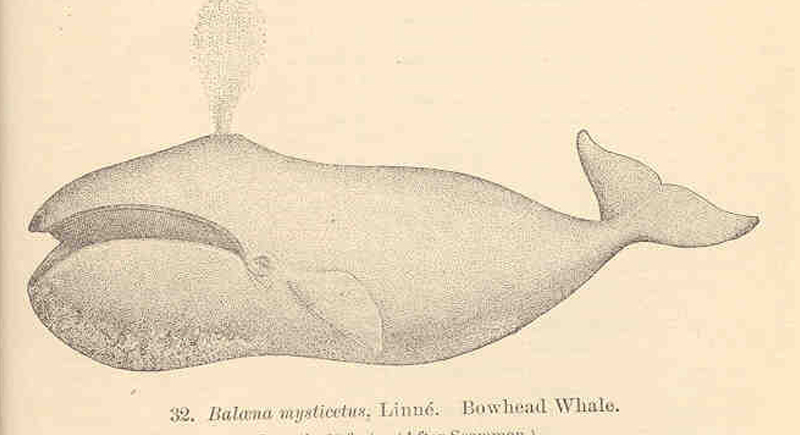
Credit: Wikimedia Commons
Bowheads weigh 60 to 80 tons, but weight is only part of their story. These Arctic whales are among the longest-lived mammals, with some reaching more than 200 years. Their massive skulls can break through thick sea ice, a trait that helps them survive in the far north.
Ichthyotitan
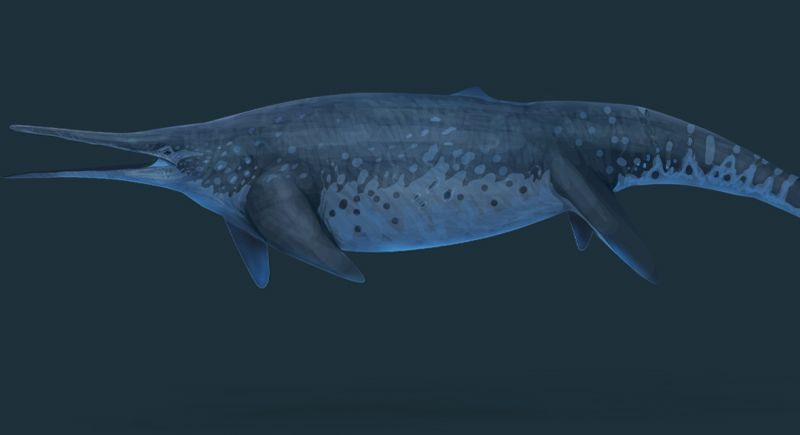
Credit: Wikimedia Commons
Only part of the jaw has been uncovered, but even that points to an enormous animal. This Triassic ichthyosaur is estimated to have weighed as much as 80 tons. The fossils don’t appear to be from fully grown individuals, so the species may have reached even greater sizes.
Perucetus Colossus
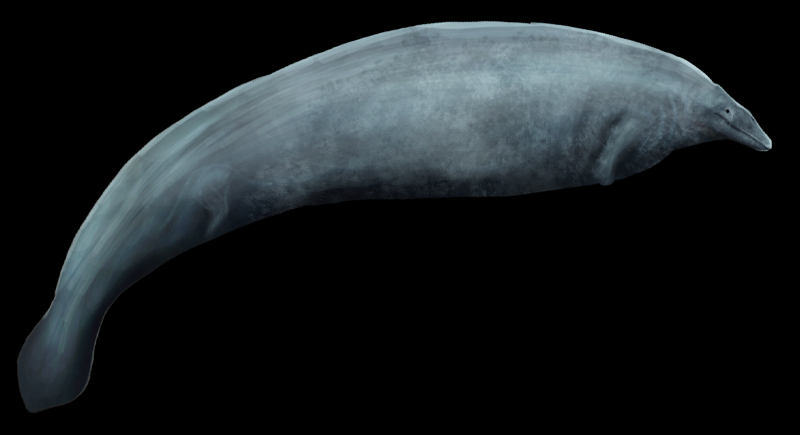
Credit: Wikimedia Commons
This extinct basilosaurid whale was described in 2023 based on 13 vertebrae and other partial remains. While early estimates suggested it may exceed the blue whale’s weight, further analysis places its mass closer to 60 to 70 tons. It had extremely dense bones, likely for shallow diving.
Blue Whale

Credit: iStockphoto
Nothing else comes close. The blue whale remains the heaviest animal ever recorded, with the largest individuals weighing up to 210 tons and reaching 98 feet long. Its heart is about the size of a compact car, and they weigh 190 to 200 tons on average. Though hunted nearly to extinction, it still swims in oceans worldwide as Earth’s heavyweight champion.